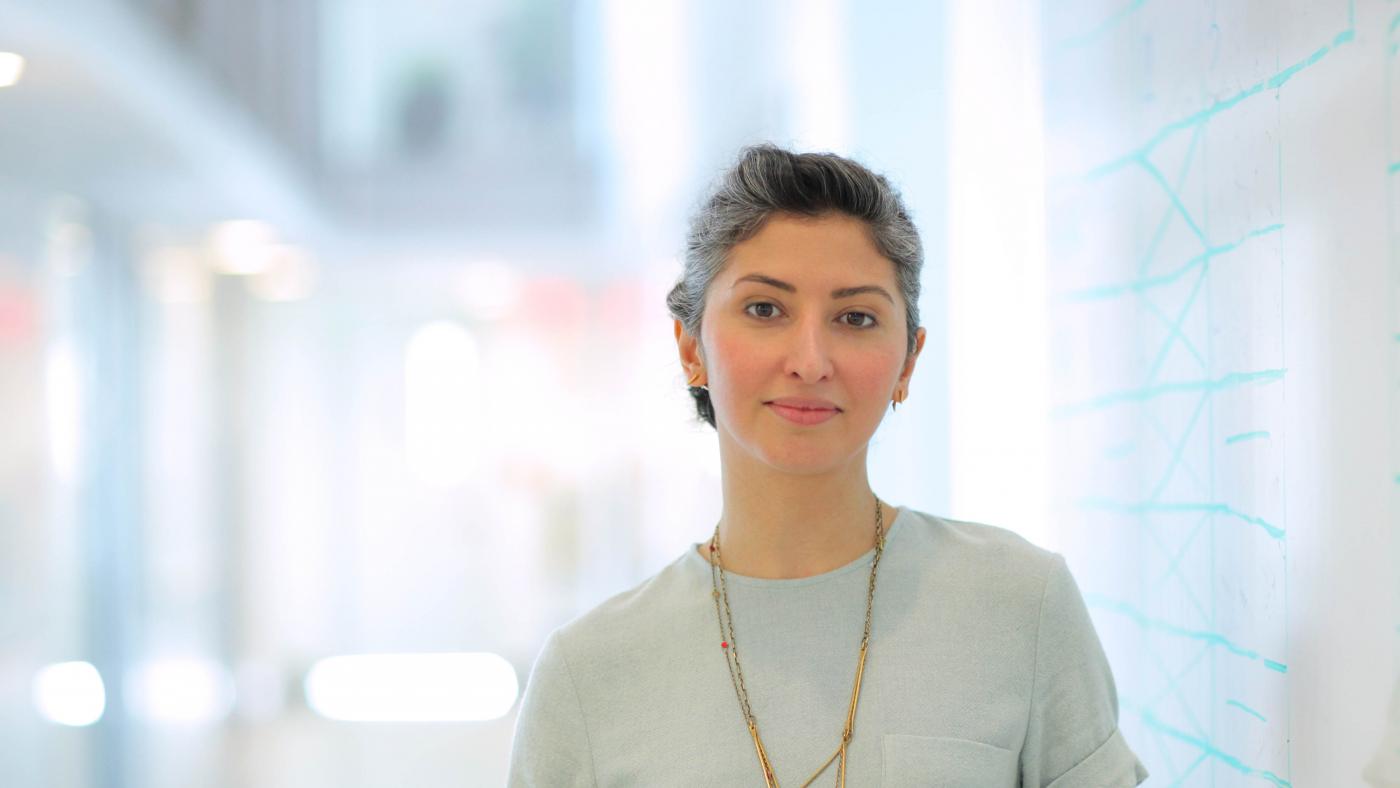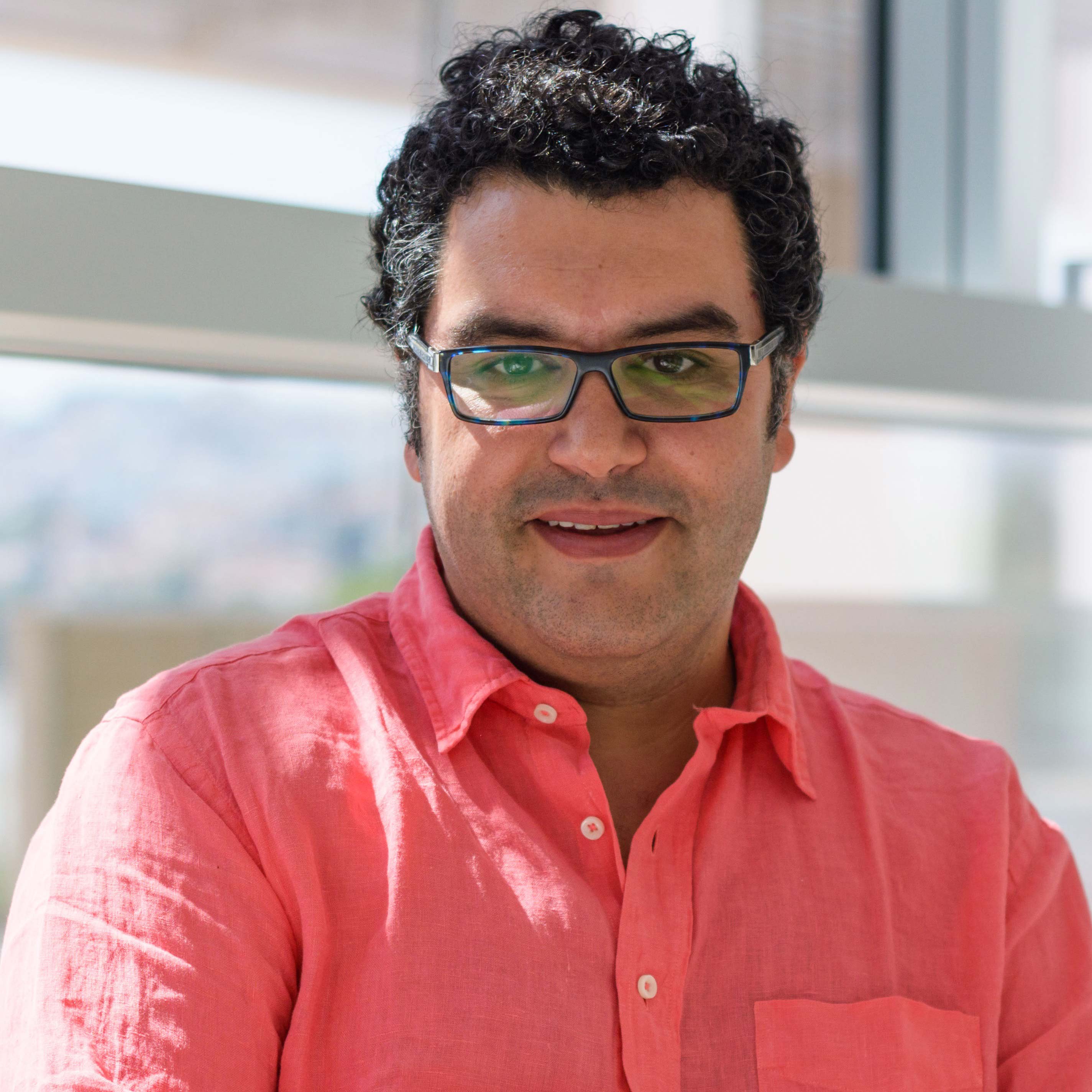Walking through a park, you might take for granted the ease with which you can understand what you see. Rather than seeing a series of still snapshots, you are able to see simple, fluid movement — of dogs running, squirrels foraging or kids playing basketball. You can track their paths and know where they are headed without much thought.
“How does this process take place?” asks Rudy Behnia, PhD, a principal investigator at Columbia’s Mortimer B. Zuckerman Mind Brain Behavior Institute. “For most of us, it’s hard to imagine a world where we can’t see motion, shapes and color; where we can’t have a representation of the physical world in our head.”
And yet this representation does not happen automatically — our brain has no direct connection with the outside world. Instead, it interprets information taken in by our senses. Dr. Behnia is studying how the brain builds these representations. As a starting point, she focuses on how we see motion.
All we have in our brain is an interpretation.
Understanding vision — and motion — could tell us a lot about how the rest of the brain works. “Uncovering how nerve cells in the brain actually perform computations in the visual system also tells us how they can process information in general.” Dr. Behnia says.
Technically, Dr. Behnia studies how fruit flies see motion. Though their visual system is simpler than ours, it contains enough similarities that general principles can be extracted and applied to both. She presents various visual stimuli to flies, such as flashes of light or moving bars, while recording the activity of single nerve cells, called neurons, in their brains. Certain predictions derive from a theoretical model presented 60 years ago describing how simple wiring could detect motion. Dr. Behnia wanted to know if neurons might behave this way in the fruit fly. Recently she demonstrated that at least some of the predictions of this motion model are indeed carried out in the brain. Now she is working to understand the process in more detail and expanding her exploration of the brain to study neural mechanisms for color vision.
In addition to recording the electrical activity of fruit flies’ neurons as they sense motion and color, Dr. Behnia can activate or silence cells individually to test any changes to other interconnected neurons, or even changes to the fly’s behavior. And using microscopy combined with fluorescent dyes that can act as a readout for activation of neurons, she can take pictures of activity across wide areas of the brain in flies as they sense the visual world.
Dr. Behnia likes to remind people that the world in their heads is not the real world: “What is visible to us might not be to other animals, and vice versa. This is because our senses are adapted and shaped to fit our needs. For example, humans cannot see UV light, but many insects can, such as bees who use UV vision for flower identification.”
These are the ideas that intrigue Dr. Behnia. They suggest that the way to understand the world is to understand perception. According to Dr. Behnia, “All we have in our brain is an interpretation.”


